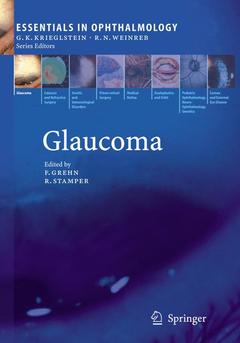Description
Glaucoma, 1st ed. 2006. Corr. 2nd printing 2006
Essentials in Ophthalmology Series
Coordinators: Grehn Franz, Stamper Robert
Language: English
Subjects for Glaucoma:
Publication date: 02-2010
194 p. · 17x24.2 cm · Paperback
Publication date: 09-2006
194 p. · 17x24.2 cm · Hardback
Description
/li>Contents
/li>Comment
/li>
This second Glaucoma volume of the Essentials in Ophthalmology series, like the first, provides a comprehensive picture of recent progress in both basic clinical research and applied clinical science in the study of glaucoma. Rather than a replacement for traditional textbooks on glaucoma, this volume serves as a conceptual bridge between original research and textbook presentation. The book encompasses frequently unmentioned aspects of therapy, including adherence, persistence and health economics. Glaucoma II provides the reader with diverse and salient topics reflective of the contemporary, evidence-based approach to the study, treatment and management of glaucoma.
Overview of the newest developments in the field of glaucoma with application for the daily practice
Indispensable for continuous education and advanced training
Internationally renowned volume and series editors, i.e. distinguished editorial board only
Invites papers from world-leading established experts
Well-structured text and new design, quick and easy to read (e.g. with core messages, summaries for the clinician)
Bridges the gap between primary literature and daily practice




